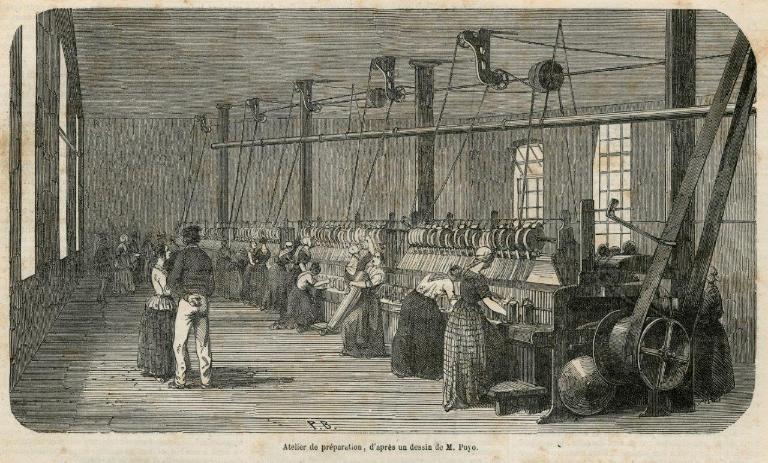Hemp textiles, a long-forgotten fiber, are now returning to the forefront. Used for millennia, hemp was once a strategic resource for manufacturing durable textiles, before declining due to the rise of cotton and synthetic fibers. In light of today’s ecological emergency and the need to relocate value chains, this ancient plant is regaining interest.
This article provides a detailed and scientific overview of the current state of hemp textiles in France: its properties, the reasons for its comeback, the players involved in rebuilding the sector, and its concrete development prospects.
The ancestral use of hemp textiles
Cultivated for over 6,000 years, hemp (Cannabis sativa L.) is one of the first plants domesticated by humans. Its fibers were historically used for ropes, sails, clothing, bags, and even banknotes. During the Middle Ages, hemp was a major raw material for local textile industries across Europe, including in regions of France like Brittany, Normandy,
and the North.
Until the 19th century, hemp competed closely with flax and cotton. However, challenges in processing, the affordability of cotton, and the 20th-century boom of synthetic fibers led to its near disappearance from the industrial textile landscape.
Sources:
– Bouloc, P. et al. (2013). *Le chanvre industriel*. Éditions France Agricole.
– European Industrial Hemp Association (EIHA), 2022.

A fiber of the future for ecological transition
Hemp textiles are now garnering renewed interest due to their outstanding environmental properties.
Hemp cultivation is low-impact and sustainable:
- It requires no irrigation, pesticides, or herbicides.
- It improves soil structure through deep root systems.
- It sequesters more CO₂ than most crops (up to 15 tons/ha/year).
- It fits well into crop rotations, especially with cereals.
Moreover, nearly the entire hemp plant is valorized in processing, with fibers, hurd, and seeds all finding uses. These characteristics make hemp a key resource for building a more sustainable textile industry.
Rebuilding a French hemp textile industry
The hemp textile industry is being actively rebuilt in France, involving several key stakeholders :
Farmers : Primarily located in Hauts-de-France, Normandy, Anjou, and the South-West, they are reintroducing hemp crops with technical support and secure marketopportunities. Organizations like GNIS, Terres Inovia, and Interchanvre support this revival.
Scutchers : These actors mechanically separate the fiber from the plant.
Companies such as La Chanvrière, by example, is developing processing lines tailored to the demands of the textile market (fiber finesse, uniformity, length).
Spinners : A key player in this revival is Safilin, which has heavily invested
in reestablishing hemp spinning in Poland. With deep expertise in flax, Safilin now masters both dry- and wet-spinning for hemp. They offer high-quality and stable yarns suitable for home and fashion applications.
Weavers and Knitters :
- Tissage de France incorporates hemp into premium fabrics for apparel and home furnishings.
- Tissages d’Autan, based in the South-West, explores hemp applications in weaving, combining artisanal methods with innovation.
- Lemaitre Demeestere, founded in 1835, develops luxurious and durable hemp-based fabrics.
- Lepère Oursport specializes in knitting structures adapted to hemp’s unique properties, particularly for performance applications.
Research, innovation, and the Hemp4Circularity project
The European project Hemp4Circularity, coordinated by the European Confederation of Flax and Hemp (CELC), brings together researchers, industry leaders, and field actors with a common goal : to build a local, circular, and competitive hemp textile industry.
This initiative aims to:
- Optimize agronomic practices for textile hemp.
- Improve scutching and spinning processes.
- Develop innovative, traceable, and low-carbon textile products.
Safilin plays a central role in this effort by leveraging its spinning expertise to raise the quality of hemp yarns. Meanwhile, weaving partners are testing different constructions to enhance fabric performance.
Safilin’s hemp yarn offer : from interiors to apparel
Safilin currently offers two lines of hemp yarns produced at its Szczytno spinning mill:
Dry-spun yarns for home textiles :
- NM 2.6
- NM 4.2
- NM 6
Wet-spun yarns for apparel :
- NM 12 natural
- NM 15 natural
These yarns stand out for their uniformity, mechanical strength, and natural appearance—perfectly suited for premium markets. Full traceability ensures 100% European origin and chemical-free transformation.
Toward a sustainable french hemp textile industry
Long marginalized, hemp textiles are now emerging as a concrete solution to today’s environmental, economic, and social challenges. Its sustainable cultivation, low ecological footprint, and robust technical qualities make hemp a strategic material for responsible fashion.
France has all the assets to become a European leader in hemp textiles: strong agronomic heritage, restored industrial expertise, and committed stakeholders across the value chain.
Initiatives like Hemp4Circularity and pioneering companies like Safilin are proof of this potential.
Still, the industry needs support: investment incentives, scientific research, training programs, and—above all—trust from brands and consumers. With sustained effort, the hemp textile sector will be able to offer luxurious, technical, and truly sustainable products.
